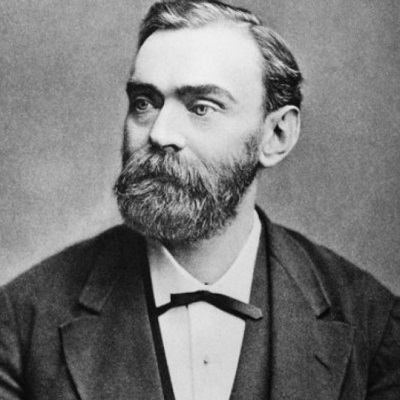- Personal website:
https://sites.google.com/site/julienmonardoeconomics
- Email address:
julien.monardo@ensae.fr
- Research description:
He is a micro-economist with research interests in empirical industrial organization and structural demand estimation. In his research, he develops methods to estimate substitution patterns, i.e., how consumers substitute across differentiated products.
- JMP:
Title: Measuring Substitution Patterns with a Flexible Demand Model
Link: https://drive.google.com/file/d/1D2OiyqSZVTKUs4HkxEH4Nb9tYMcJ29ag/view?usp=sharing
- JMP Abstract:
Many empirical studies require estimating how consumers substitute across differentiated products. Examples can be found in a wide range of fields of economics, including environmental economics, health care economics, industrial organization, and international trade. In this paper, I propose a computationally simple, easy-to-implement, flexible approach to estimate substitution patterns determined by how close products are in product characteristic space. To this end, I rely on an inverse market share model that (i) is consistent with utility maximization; (ii) does not use any specific assumptions about how substitution patterns depend on product characteristics; and (iii) is agnostic about individual consumer behavior. I find that my approach only requires solving a convex quadratic program with a small number of linear inequality constraints. I further find that it can outperform the state-of-the-art BLP approach pioneered by Berry, Levinsohn, and Pakes (1995), which accommodates flexible substitution patterns by using the random coefficient logit model. In particular, this occurs when (i) there is complementarity in demand; (ii) BLP is misspecified about its random coefficients; and (iii) consumers choose baskets of products. Lastly, I apply my approach to a well-known dataset for breakfast cereals and compare it to BLP. I find that it provides a better fit to the data than BLP. I further find that it yields similar median own-price elasticities, and higher median cross-price elasticities, markups, and merger price effects.
Discover the three 2021-22 CREST Job Market Candidates
Discover the three 2021-22 CREST Job Market Candidates in Economics:
Gwen-Jiro Clochard
- Personal website:
https://sites.google.com/view/gwen-jiro-clochard/
- Email address:
gwen-jiro.clochard@ensae.fr
- Research description:
His research lies at the intersection of development and experimental economics. Specifically, he investigates the effect of personal contact on trust and between groups.
- JMP:
Title: Improving the Perception of the Police by the Youth
Link: https://drive.google.com/file/d/1ENP6dUnmOp0Mye01Q6pzT567C37tng0u/view
- JMP Abstract:
While previous research has highlighted the positive consequences of a high trust in the police, parts of the French population exhibit a lack of trust toward the police. In this paper, I use a lab-in-the-field experiment in two high-schools in France to investigate the effect of a brief and controlled discussion – contact – between police officers and students on trust. Results indicate a positive effect of contact on trust at the individual level, i.e. toward the specific police officer met. The magnitude corresponds to an increase of approximately 0.4 standard deviation. However, the effect fails to translate to an increase in the police in general. A theoretical model of belief formation can shed light on why a single contact cannot be sufficient in case of prior – negative – interactions. This paper has implications for the most widely used policy to improve the perception of the police, namely community policing.
Your green credentials may be linked to your genes, study says
An interview with Félix C Tropf in The Guardian – October 20th, 2021
The Dispersion of Mark-ups in an Open Economy
CREST Working Papers Series No. 2021-17
by Stéphane Auray and Aurélien Eyquem
Household Income, Liquidity, and Optimal Unemployment Insurance
CREST Working Papers Series No. 2021-16
by Stéphane Auray, David L. Fuller and Nicolas Lepage-Saucier
Trade Wars, Currency Wars
CREST Working Papers Series No. 2021-15
by Stéphane Auray, Michael B. Devereux and Aurélien Eyquem
Prix Nobel d’économie : tout comprendre aux travaux primés quand on n’y connaît rien
Xavier D’Haultfoeuille interviewé par le journal Le Parisien à propos des derniers prix Nobel d’économie – 12 Octobre 2021
Prix Nobel d’économie : le sacre de l’expérimentation?
Xavier D’Haultfoeuille interviewé dans l’émission « Entendez-vous l’éco? » sur France Culture – 58min
En 2100, des millions de femmes manqueront à l’appel
Pauline Rossi interviewée pour un article du magazine Science et Vie – 5 Octobre 2021







